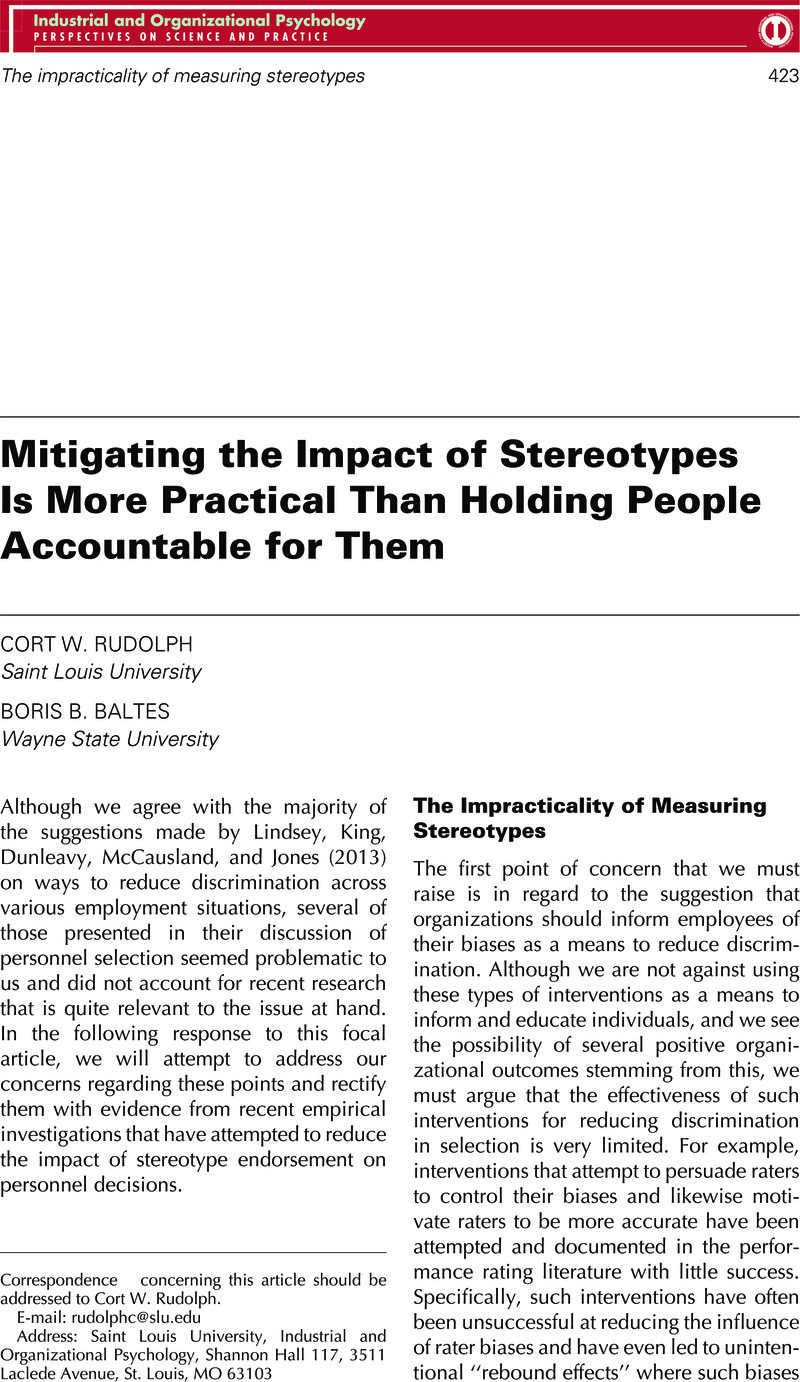Crossref Citations
This article has been cited by the following publications. This list is generated based on data provided by Crossref.
Marchiondo, Lisa A
and
Wang, Mo
2022.
Older Age Discrimination at Work: Not So Weak and Feeble.
Work, Aging and Retirement,
Vol. 8,
Issue. 4,
p.
335.





